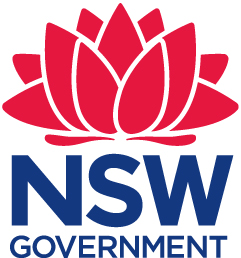Biosecurity threat, not present in Australia
Unkanodes spp
Caution
Many of the insects depicted on these pages are outwardly similar and you should not use photographs as the sole means of identification. These pages form part of a scientific key which will assist a trained entomologist to identify the species accurately.
Unkanodes albifascia (Matsumura, 1900)
Unkanodes sapporonus (Matsumura, 1935)
Unkanodes tanasijevici (Dlabola, 1965)
Common Name: None Known
Subfamily/Tribe: Delphacinae: Delphacini
Distribution: All three species of Unkanodes are not present in Australia. Unkanodes albifascia is found in Japan, South Korea, and Russia (territories), U. sapporona in China, Japan, Korea, Russia (territories), Taiwan, India, Bangladesh, and U. tanasijevici in Greece, Romania, Turkey, Yugoslavia, Iran, and Mongolia (Wilson & Claridge 1991; Bartlett 2018).
Economic Status: Unkanodes are predominantly grass feeders with the hosts of economic importance being wheat (U. tanasijevici), barley (U. albifascia), rice (U. albifascia and U. sapporonus)and corn (U. sapporonus). Unkanodes sapporonus and U. albifasciaare important vectors of the Northern cereal mosaic virus, Rice stripe tenuvirus and Black streaked dwarf virus, all of which are not present in Australia (Toriyama 1986; Wilson & Claridge 1991; Plant Health Australia 2014). Unkanodes tanasijevici is a vector of Iranian maize mosaic virus (Ammar et al. 2005), which is not present in Australia (Plant Health Australia 2014). All three species have been included on the Plant Health Australia (2015) contingency plan for exotic sap-sucking insects of grains.
Notes: No species of Unkanodes are found in Australia. There are seven species globally, four of which are not treated here because they do represent serious economic pest species to Australia (Bourgoin 2018). There is some confusion in the literature with nomenclature and taxonomic changes (i.e. Chilodelphax albifascia is Unkanodes albifascia, Ribautodelphax notabilis is treated here as a synonom of Unkanodes tanasijevici: see Bartlett 2018). To further confuse identifications, individuals of Unkanodes can be brachypterous (reduced wings) or macropterous (fully winged).
- Return to previous key page (melbel06.htm - U. tanasijevici)
- Return to previous key page (melbel12.htm - U. albifascia)
- Return to previous key page (melbel13.htm - U. sapporonus)
- Restart key
